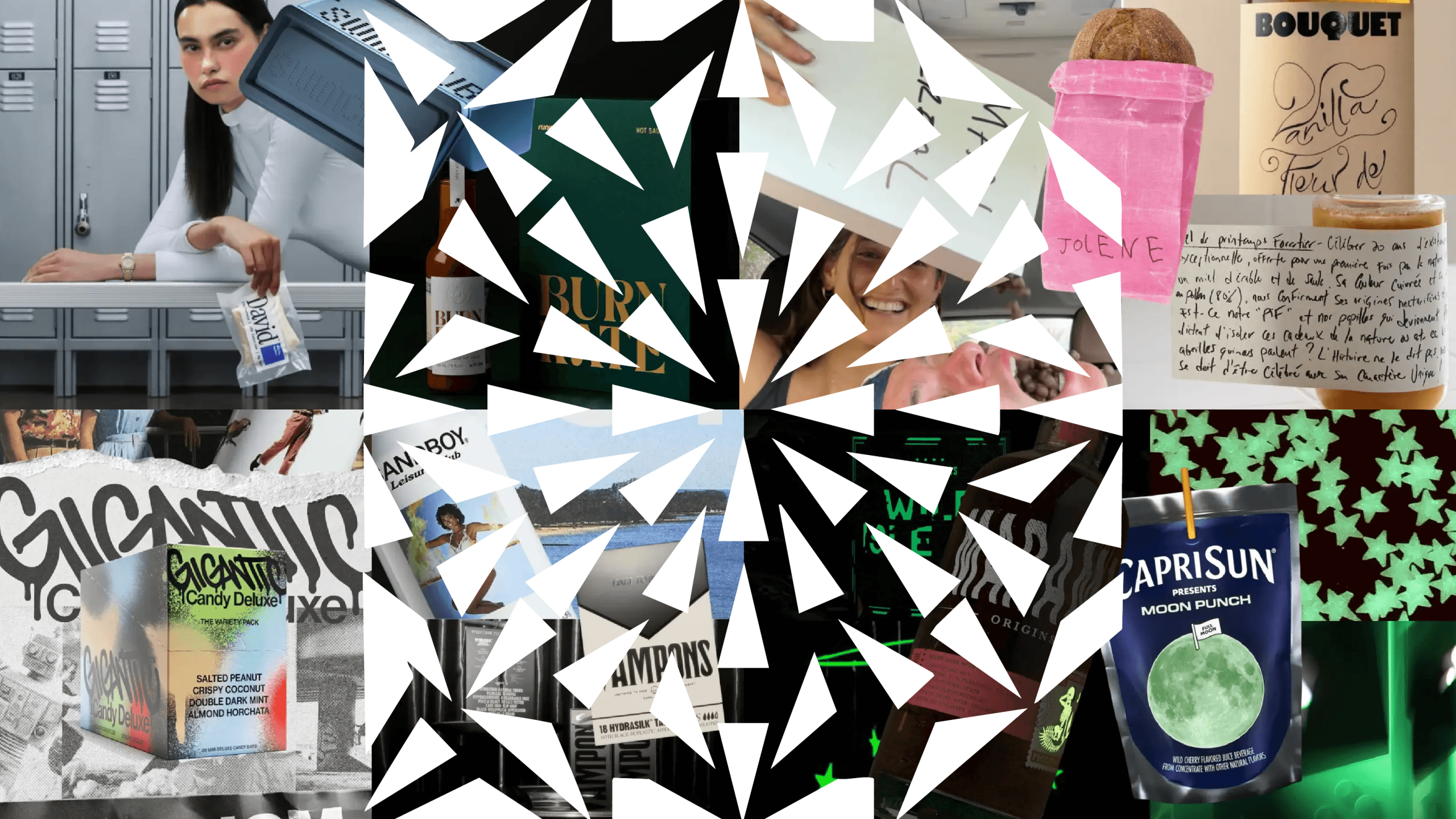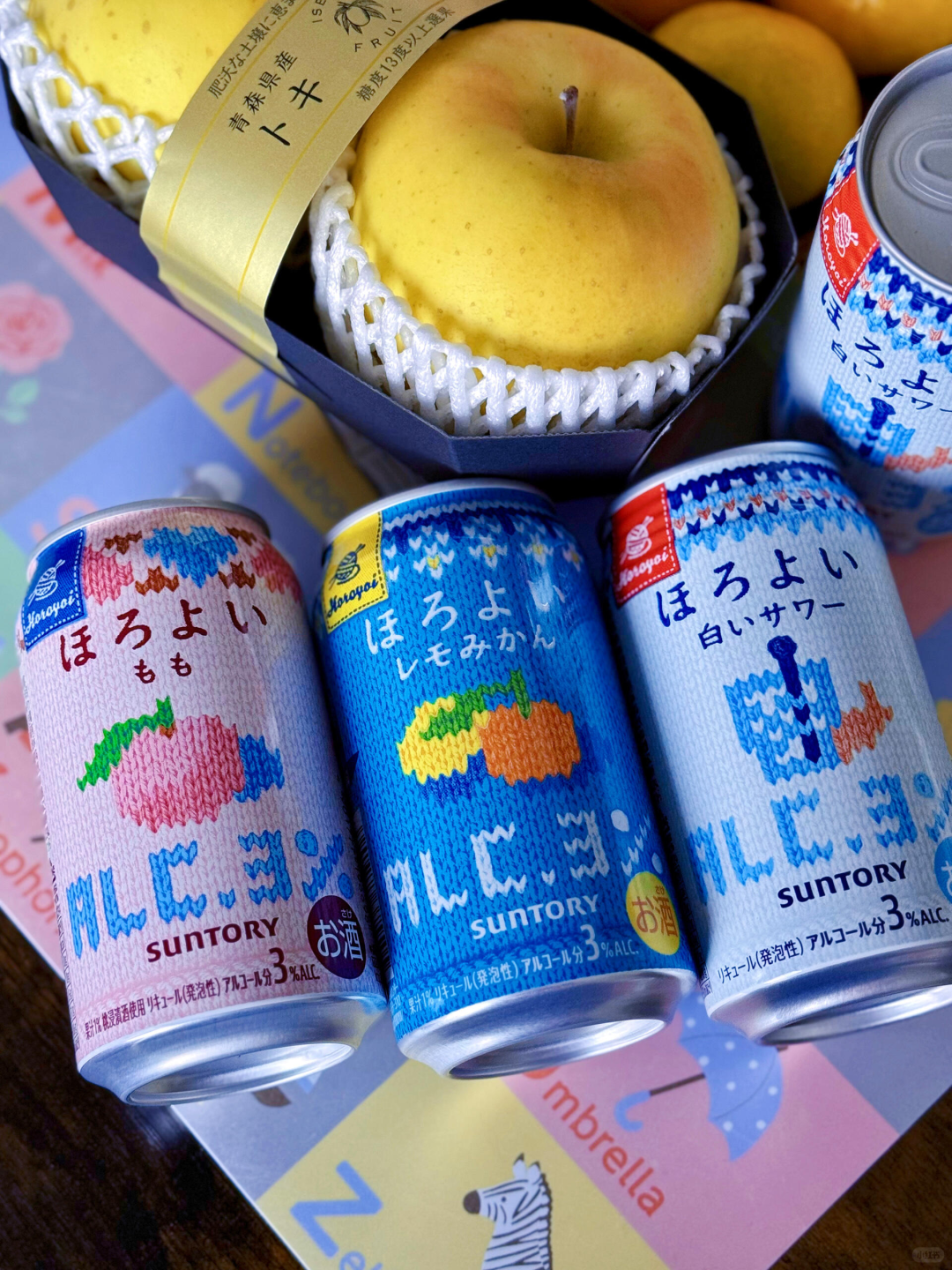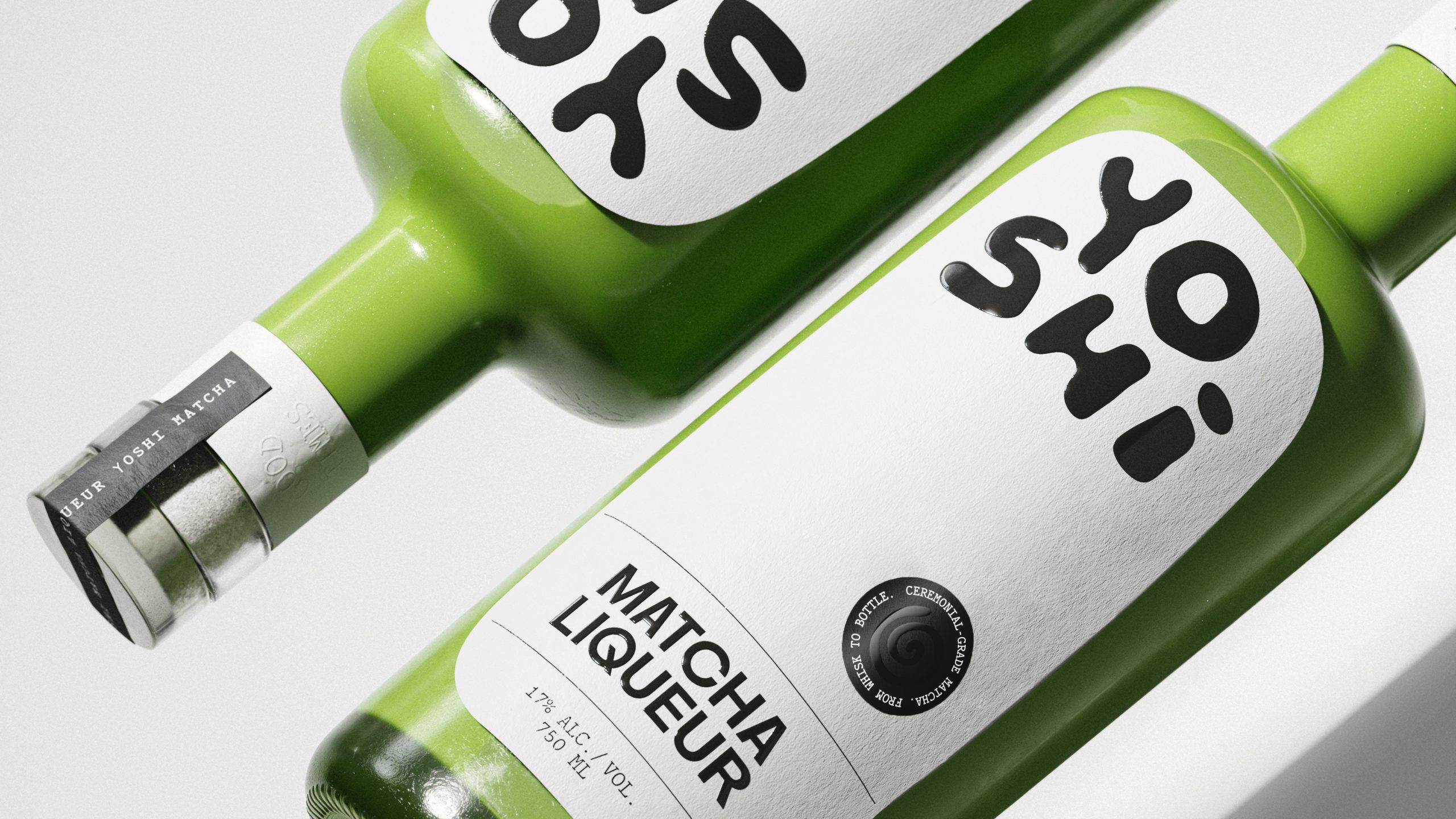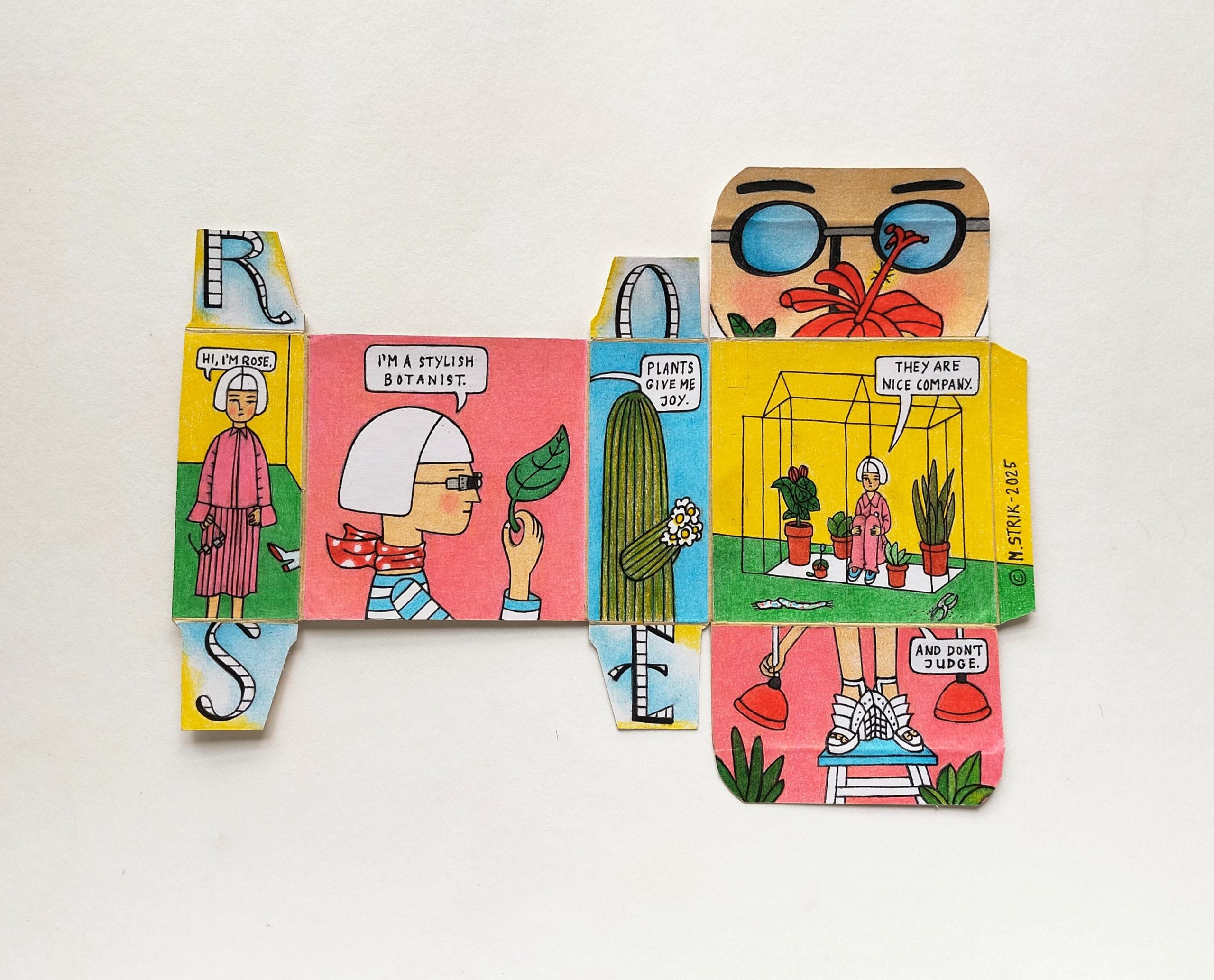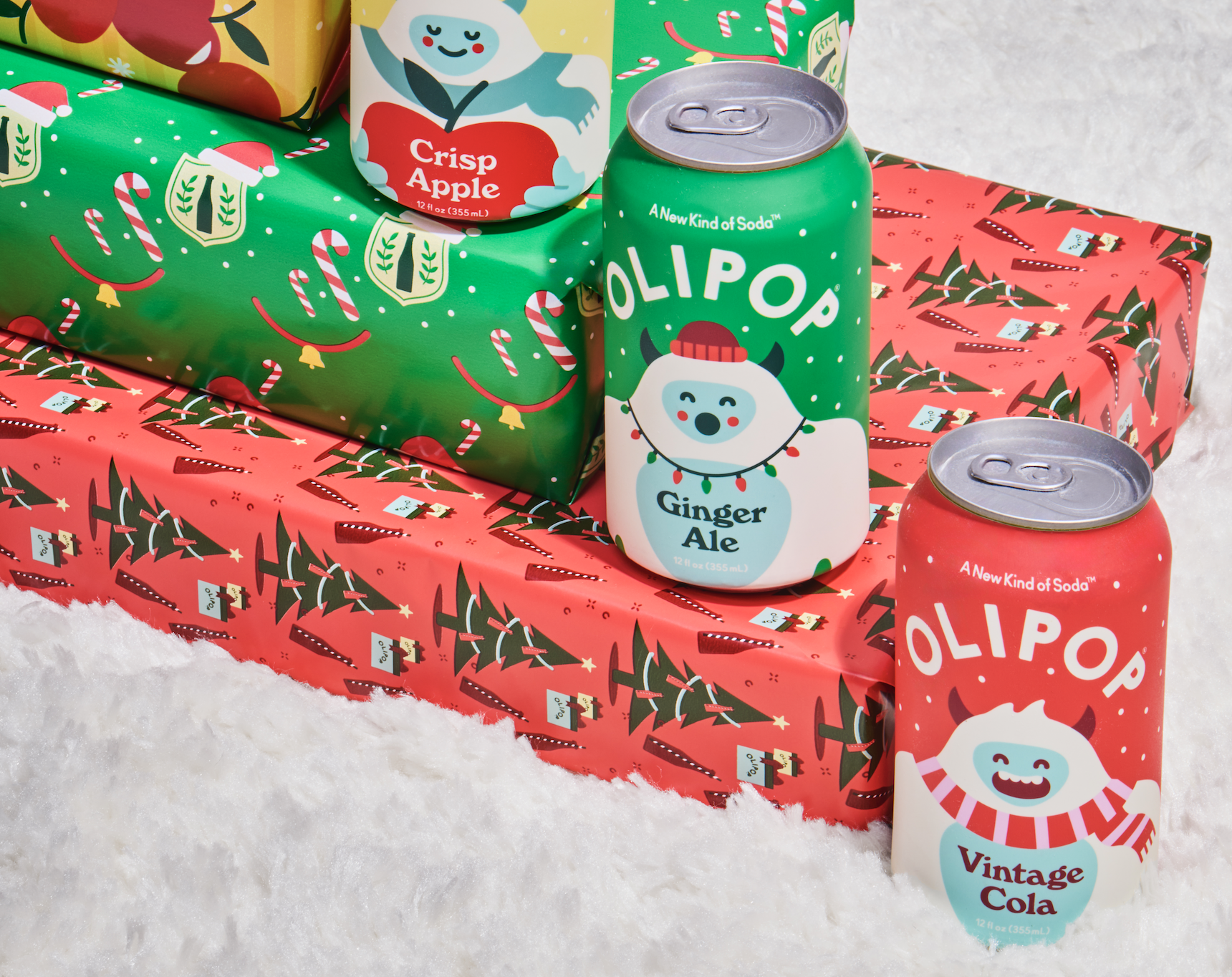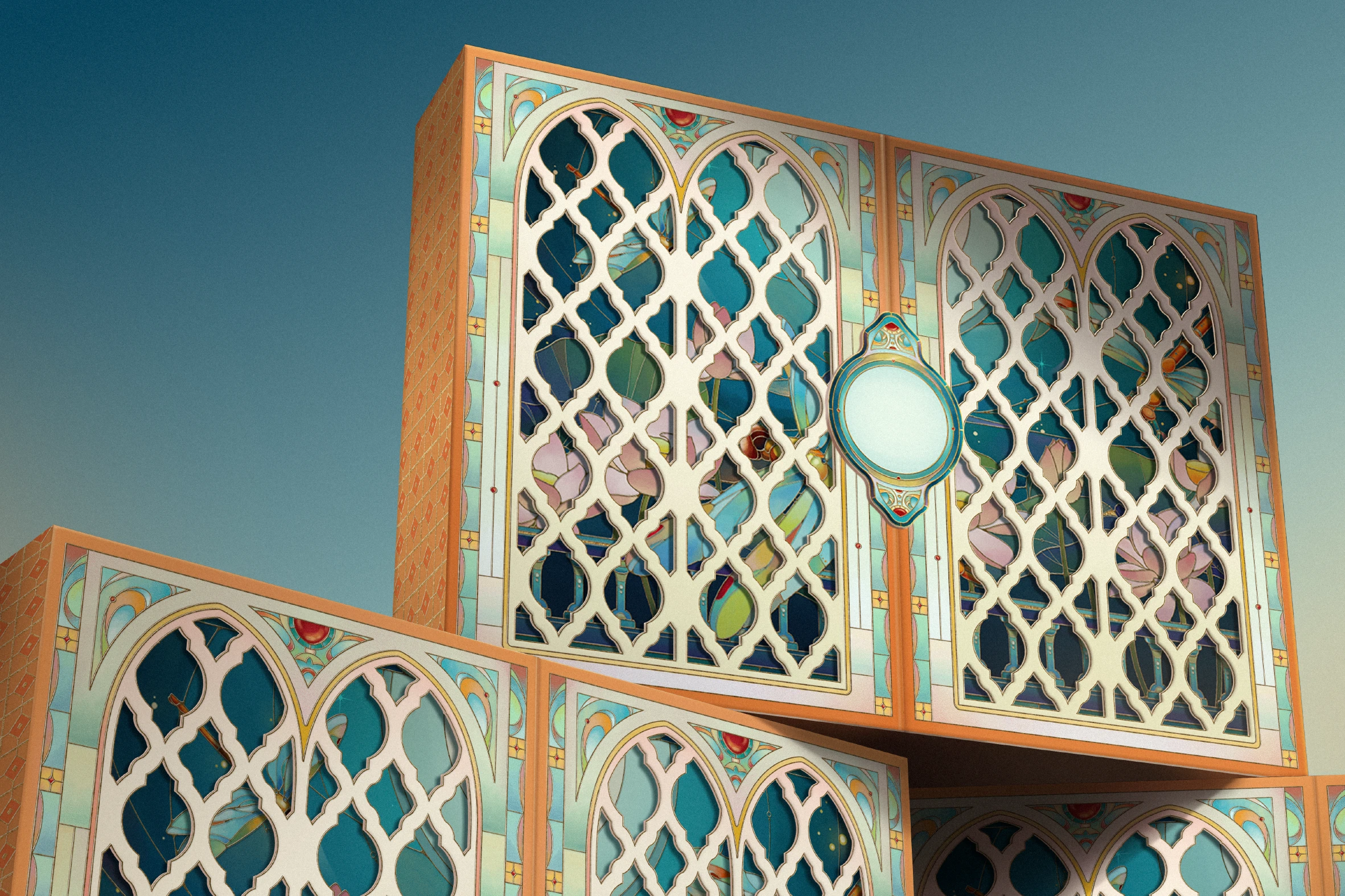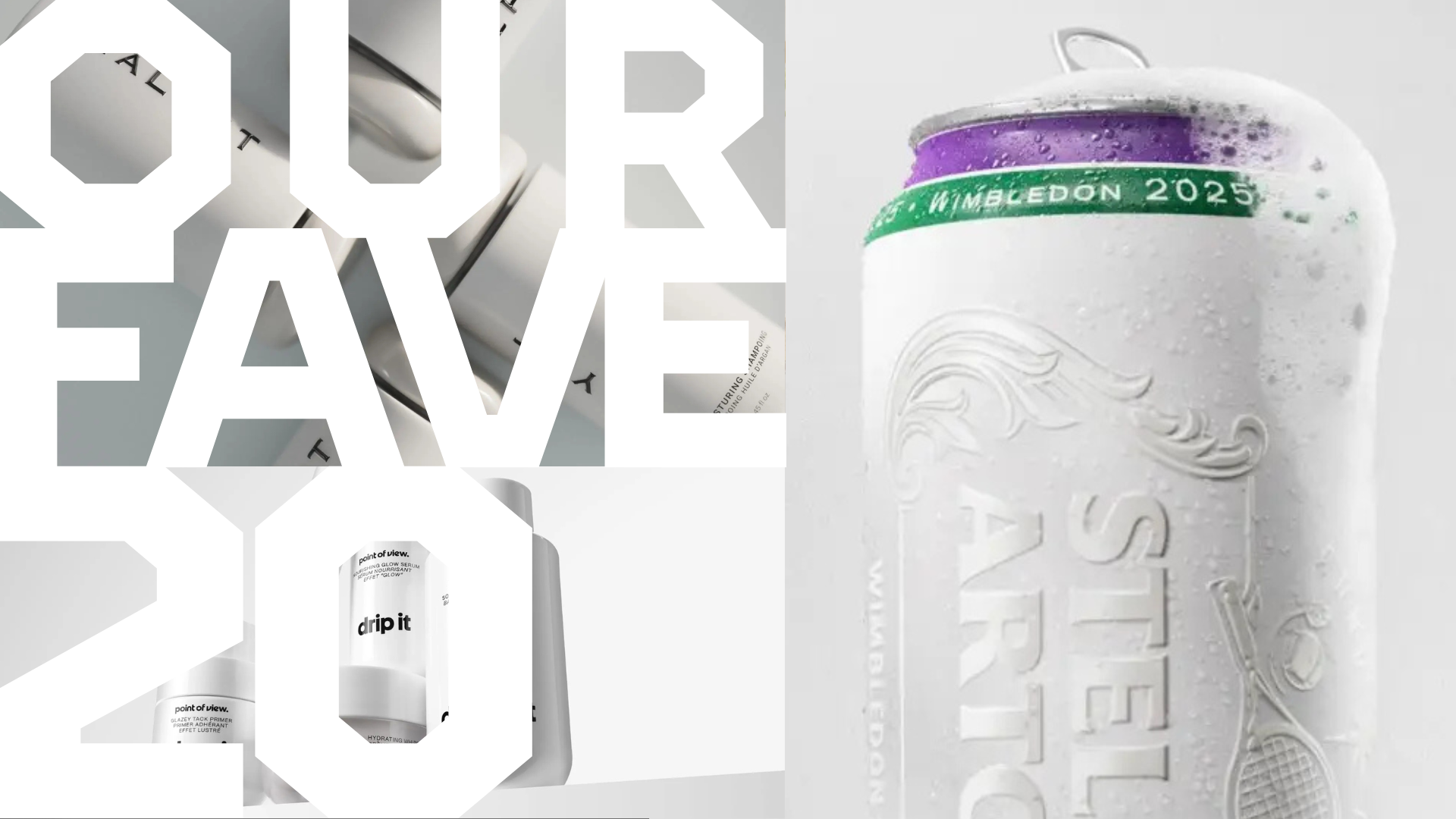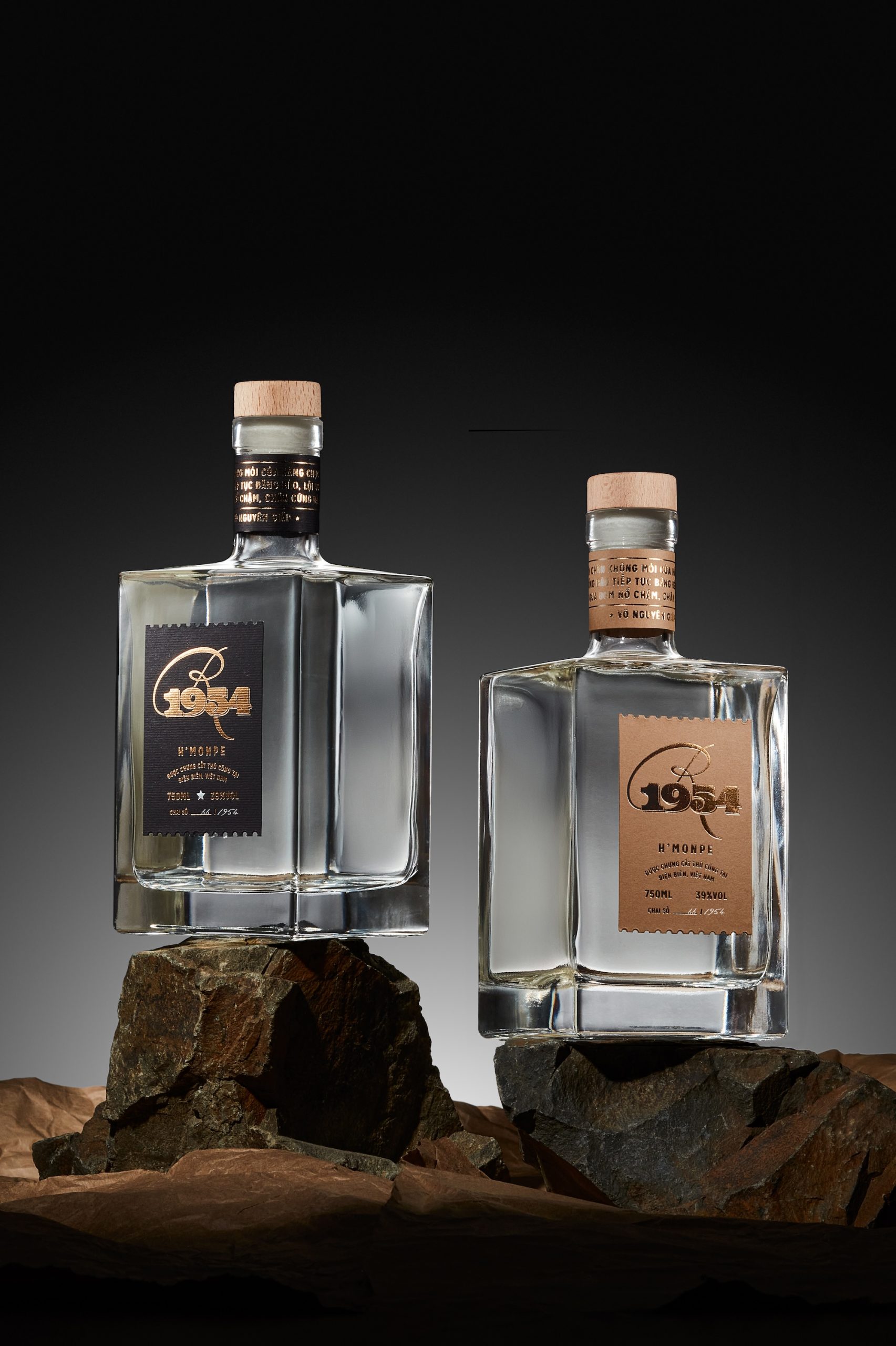In looking towards the future of packaging and viable materials to make fashion, accessories, furnishings, car products, and more, Dr. Carmen Hijosa has harnessed the power of pineapple. Piñatex is a natural and sustainable non-woven textile made from the fibers of pineapple leaves. Developed by Ananas Anam, the material is a by-product of the pineapple harvest, requiring no extra land, water, fertilizers, or pesticides. Leather is not only harder to come by but rather expensive, and this alternative option is just as reliable and strong. And don’t worry, no pineapples are harmed in the making of Piñatex!
The current product range of Piñatex is available for brands that specialize in footwear, fashion, and furnishing, but we hope to see more of it soon. Piñatex answers the call for alternative materials that don’t waste natural resources, harm animals, or pollute the environment.
“Piñatex™ was created by Dr. Carmen Hijosa. Carmen’s journey began in Spain, but her career has taken her across the globe, from Ireland to Germany, to the UK and The Philippines. She worked in both the design and manufacture of leather goods for many years before going to the Philippines to carry out further research into the development of products made from natural fibres.”

